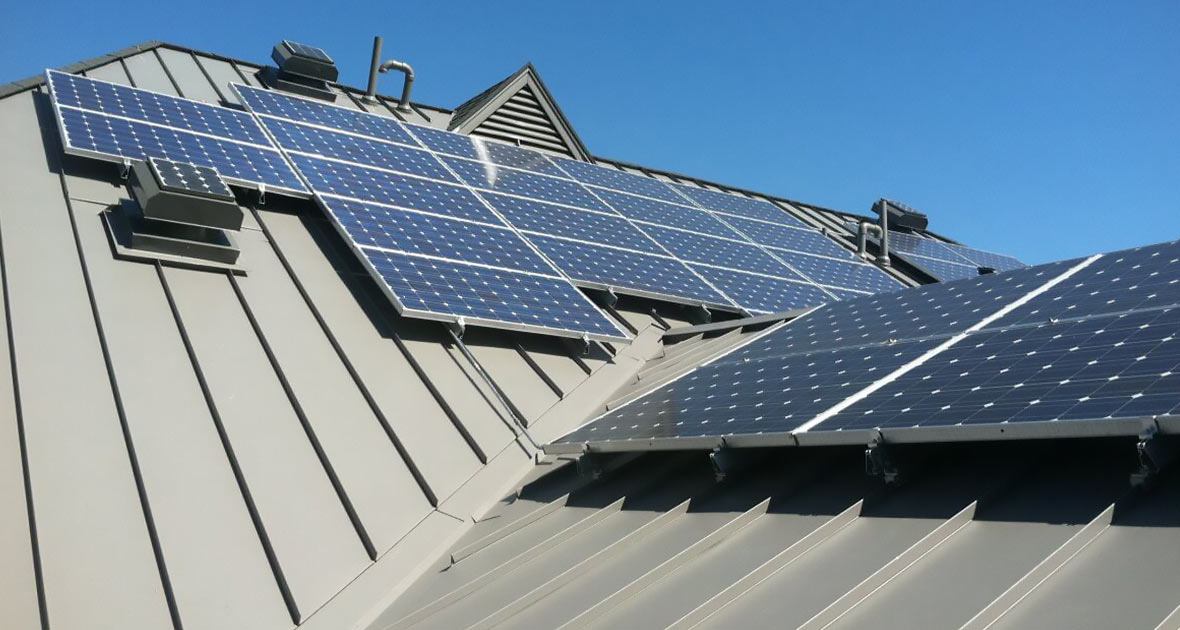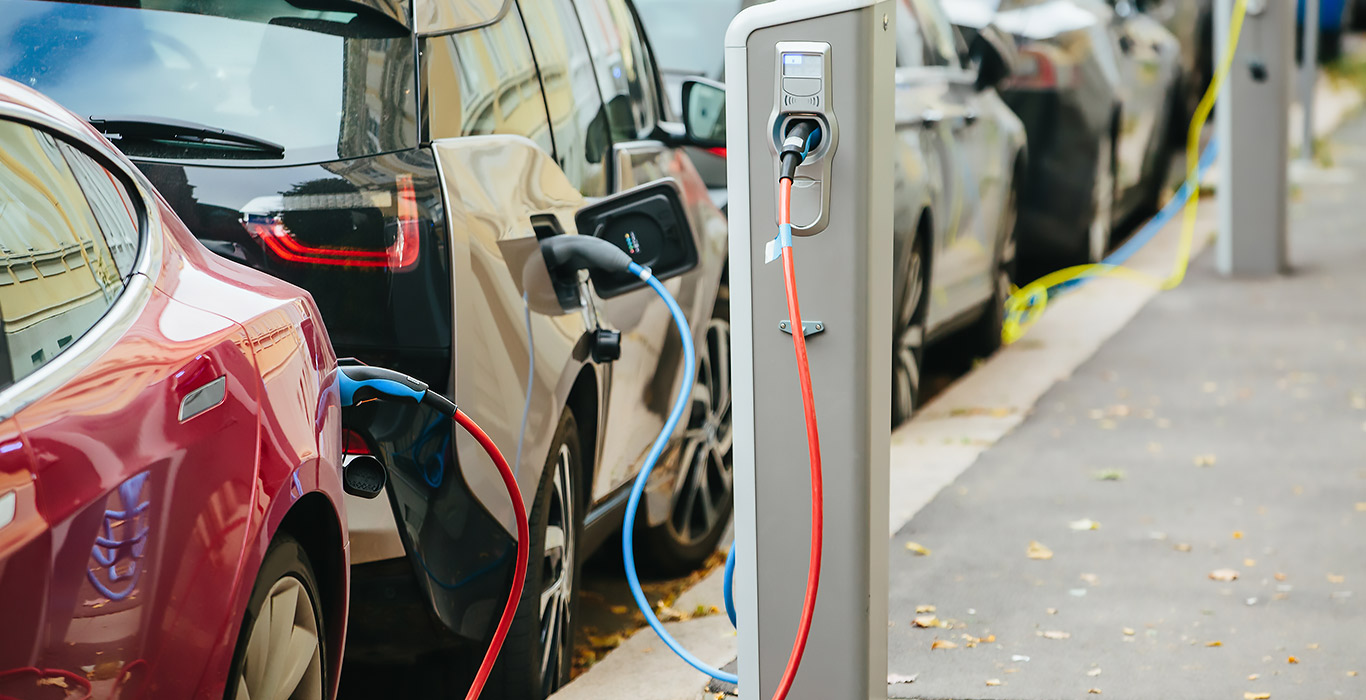It’s never been easier to enjoy the benefits of solar power. Continued technological innovation have made solar panels more affordable than ever before, and many homeowners are taking advantage of lease options, which eliminates their financial and maintenance-related responsibility for the panels while simultaneously slashing their household’s energy spending.
According to a study from GTM Research and the Solar Energy Industries Association, 2013’s third quarter marked the largest quarter ever for solar or photovoltaic (PV) installations yet. Homeowners appreciate the fact that:
- In all but a few states, utility companies pay homeowners for excess energy generation by crediting future energy bills.
- Solar power is a key feature in sustainable homes or developments striving to meet net-zero or Passive House standards.
- A PV system scores LEED points both directly, and indirectly, depending on the percentage of the building’s total energy consumption the system will offset. (Note: this point tally increases with the addition of a cool metal roof.
- According to Appraisal Journal, every $1 saved by a home’s solar energy system increases the home’s value by $20.
These are all notable benefits of PV systems, but consumers have another factor to consider. The efficacy and cost-effectiveness of a roof-mounted solar electric system is entirely dependent on the quality and longevity of the roof system upon which it’s installed.
The quality of the roof matters when installing solar panels
Building a solar installation on a roof that’s past its prime is like constructing a house on a cracked or crumbling foundation. It’s only a matter of time before the home’s structure will be compromised and the entire foundation-structural unit will require serious repairs and/or replacement. This is why steel and metal roofing options make the most sense if you’re planning to migrate a home’s energy system to a PV array.
The racks used to hold the solar panels are incredibly durable, designed to handle strong winds as well as extreme rain and snow conditions. It makes sense, then, to install them on a roof that is designed to meet the same conditions and that has a similar lifespan and warranty. The majority of homes in the U.S., however, are built with asphalt and composition shingles.
Unfortunately, these do not make the best foundation for a solar system, especially if the system is a retrofit on a roof that is more than seven or so years old. Roofs that are older than that run the risk of failing long before the solar panel racks fail. This can mean a hefty bill when you combine a complete roof renovation or replacement along with the labor costs associated with removing and re-installing the solar racks.
Metal roofs are best for PV systems
Here are some of the reasons why metal roofs are considered the best medium for photovoltaic systems.
They’re a better warranty match. The average use life of solar panels is typically about 20 to 25 years. Long-life asphalt shingles can have a warranty as long as 20 years or so, but that warranty is laden with loopholes, typically excluding things like high-winds, hurricanes or other extreme acts of Mother Nature. Also, they don’t usually cover the labor costs involved with repairs or replacements. Plus, any major repairs or shingle replacements may potentially require the deconstruction and re-installation of the solar array.
Metal roofs, on the other hand, are specifically engineered and pre-fabricated to meet the needs of your building’s climate and location, and warranties are typically as long as 40-years or so. This means your roof will outlast the solar panels, eliminating the expense of removing and reinstalling solar racks and panels until the panels themselves need to be replaced.
Racks are easily installed on a standing seam metal roof. Most homeowners like the look of a standing seam metal roof, also called a concealed fastener metal roof, because the fasteners are hidden underneath the roof panels. This type of roof system works very well with solar racks, which offer the option of fasteners that lock right onto the standing seams. The concealed metal roofs, with rack locks that fasten to the seams, prevents the need for any penetrations that contribute to water leaks or premature wear over time.
Metal roofing also accommodates laminates. Laminates are another solar panel option, where thin-film solar panels are adhered to the roof’s surface by an adhesive backing. While they don’t produce as much electricity as crystalline panels do, they still produce enough energy to markedly offset electricity consumption in sunny climates and homes with ample south-western exposure. Some of these systems may implement a lighter rack system, rather than adhesives, which can be fastened directly to the metal roof as well.
Additional advantages of metal roofs
Convenient and long-lasting solar panel installation aside, metal roofs offer additional benefits to eco-conscious homeowners planning to build a more sustainable home.
Additional energy savings. According to energy.gov, heating and cooling
accounts for more than 50% of a household’s energy costs. A cool metal
roof, however, can reduce cooling costs by as much as 40%. Cool roofs
use a reflective coating to send UV rays back up into the atmosphere.
This reflective property, combined with a metal roof’s inherently
emissive nature, means households benefit from reduced solar gain and
notable energy savings, especially when combined with a solar power
system.
Extreme weather durability. Metal roofs can be designed to withstand
hurricane-force winds and heavy snow and ice loads.
Specialized protective coatings, like GALVALUME, make them practically
impervious to water, UV rays, the elements, and location-specific
environmental toxins. This durability is the reason why metal roof
manufacturers feel comfortable offering warranties as long as 40 years.
They help with green building certification. As mentioned above,
installing a cool metal roof will help you earn points through the LEED
certification program, but that’s not the only program that recognizes
the environmental benefits of metal roofing products. A metal roof will
also help with green building certification programs such as National
Association of Home Builders (NAHB), Home Innovation National Green
Building Standard (NGBS) and ENERGY STAR.
Make a positive life cycle impact. Steel and metal building products
are some of the most sustainable materials on the market. Not only are
they made from a high-percentage of pre- and post-consumer materials,
they are also 100% recyclable at the end of their lifespan. Combine this
with the fact that a well-maintained metal roof can last 50 to 70 years
or longer, and you can feel good about the fact that the metal roof you
installed contributes to a positive materials’ life cycle.
Before you move full-speed ahead with a solar power installation, make sure the home’s roof is worthy. If you’re building a new construction home, consider installing a metal roof from the get-go. If your traditional roofing materials are more than 10 years old, it is probably worth it to install a metal roof over your existing roofing materials – or replace the old roof system entirely – to ensure you give the solar energy system a lasting foundation.




Let's stay Connected!